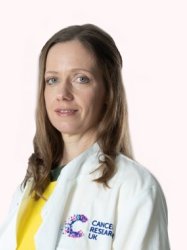BibTex format
@article{Cheung:2017:10.3945/ajcn.116.146639,
author = {Cheung, W and Keski-Rahkonen, P and Assi, N and Ferrari, P and Freisling, H and Rinaldi, S and Slimani, N and Zamora-Ros, R and Rundle, M and Frost, G and Gibbons, H and Carr, E and Brennan, L and Cross, AJ and Pala, V and Panico, S and Sacerdote, C and Palli, D and Tumino, R and Kuehn, T and Kaaks, R and Boeing, H and Floegel, A and Mancini, F and Boutron-Ruault, M-C and Baglietto, L and Trichopoulou, A and Naska, A and Orfanos, P and Scalbert, A},
doi = {10.3945/ajcn.116.146639},
journal = {American Journal of Clinical Nutrition},
pages = {600--608},
title = {A metabolomic study of biomarkers of meat and fish intake},
url = {http://dx.doi.org/10.3945/ajcn.116.146639},
volume = {105},
year = {2017}
}

